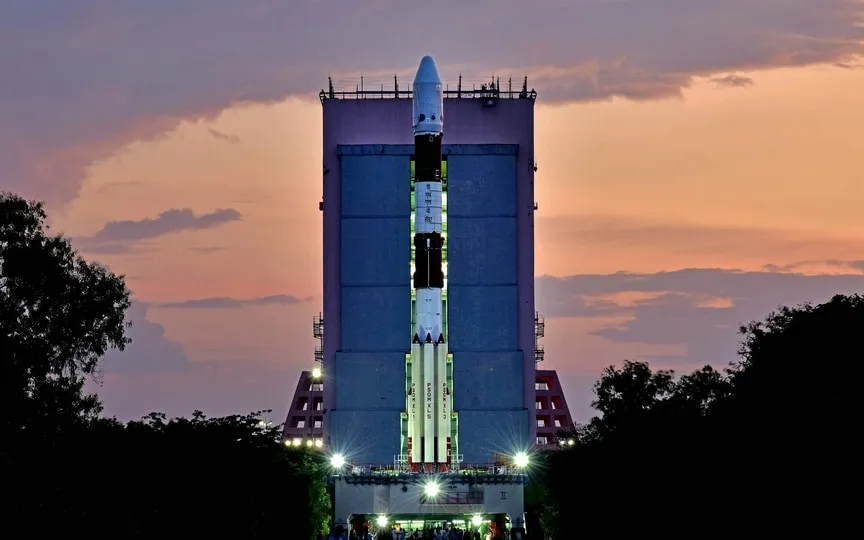Ex-ISRO Scientist Discusses Impact of Solar Flares and Wind on Aditya-L1 Mission
Today, on September 2, 2023, at 11.50 AM, the Indian Space Research Organisation (ISRO) is all set to launch its next space mission, Aditya-L1. Following a triumphant lunar mission, the space agency is now geared up to delve into the mysteries of the Sun’s surroundings. In a recent interview, Tapan Misra, a former scientist at ISRO, emphasized the significance of studying solar flares and the solar wind in order to comprehend their impact on weather patterns. For further details on the mission’s objectives, refer to the insights provided by ISRO scientists.
1. Aditya-L1 launches PSLV-C57 carrying seven payloads. four of them study sunlight and the remaining three measure plasma and magnetic field parameters in situ.
2. The project was announced to start in 2015, but it was delayed for more than 10 years.
3. An ISRO scientist said that our solar wind has a cycle of 11 years and at peak times it causes massive disruption to satellite communication and power distribution system in the country.
4. Due to the peak of the solar cycle, solar flares begin to increase and the temperature of the Sun’s surface also rises, which disturbs the weather. However, when solar flares are neutral, the temperature also drops.
5. The launch of Aditya-L1 is planned during the maximum period of the ongoing solar cycle so that the spacecraft can study the number of solar flares occurring on the surface of the Sun.
6. During solar flares and strong winds, the Sun’s temperature rises.
7. ISRO satellite sends warning when solar winds change trajectory towards our planet. With the speed of the solar wind at 600 km/s, we can expect to receive a warning before it arrives.
8. Aditya-L1 consists of four different types of instruments, one of which measures the ultraviolet signature of the sun’s surface. It comes with solar wind measuring devices that give information in alpha particles per square kilometer.
9. Two other devices measure the strength of the solar wind and their direction. Finally, one instrument sends a warning.
10. Aditya-L1 will launch today in just a few minutes and will take about 125 days to reach the L1 point.
11. A spacecraft is launched from Sriharikota spaceport in Andhra Pradesh. Just like Chandrayaan-3 launch.
12. If all goes well, after four months the spacecraft will successfully orbit the halo and the satellite will be able to conduct the survey.




